A Feel for the Future of Bioengineering

Smashing martial arts boards with your prosthetic hand is not in the user manual, but, if it is called the Ability Hand, and if it is capable of doing that, then why not? Impressively, the same hand is also able to pick up individual raspberries with ease. Once a staple of science fiction, the future of bionic prosthetics is already here.
The maker of Ability Hand, PSYONIC, a start-up out of the University of Illinois Urbana-Champaign, has spent the last eight years refining their bionic hand, and the company now boasts one of the most affordable, robust, and useful prosthetic devices ever created. We speak to the founder of PSYONIC, Dr. Aadeel Akhtar, about his journey and what lies ahead at the frontier of bioengineering.
Clicking the hand into place on a nearby arm prosthetic socket, Akhtar, enthusiastically launches into the details of the Ability Hand. "There is a spring steel link connecting the joints through a 3D-printed bone made of rubber and nylon, making it flexible in the lateral direction, allowing movement side to side, but still rigid when something needs to be gripped. The palms are made of carbon fibre, which gives structure to the motors and other components, while allowing the hand to be very strong and durable. The hand itself is detachable, comes in different sizes, and weighs less than an average human hand. You can even charge your phone on its USB-C rechargeable battery."
As cool as it looks on the outside, it is on the inside where the magic happens. Akhtar continues, "Inside each of the fingers are six touch sensors, one on the fingertip, one on the finger pad, two on the lateral side and two on the medial side for a total of six sensors per digit. Then there is a vibration motor positioned appropriately on the residual limb so users can receive haptic feedback from the touch sensors."
The Ability Hand's sensory system is compatible with most major control systems, opening up the technology to a wide range of users. "A common way to control a hand is using two muscle sensors located on the forearm, where even without a hand you still have these muscles, but there are also three or four other ways to get motor control and sensory perception via different muscles and skin regions such as shoulders, etc.," said Akhtar.
While Akhtar enthuses over the technology, he is quick to point out that having an artificial hand that can replicate much of what a real hand can do is an incredibly empowering experience for people with limb differences. Moreover, having something that looks futuristic and cool is a real image change for prosthetics, inspiring interest and awe rather than pity for an appendage that has been lost.
A technical and personal journey
Prioritising the human element is an important part of the Ability Hand story. Actually, it is a very personal journey for Akhtar, one that has its roots in a childhood visit to Pakistan where he saw an amputee, a girl his age, hobbling along with only a stick for help. The comparison with his life was confronting, and he vowed to someday help people like her. It was no faint promise. With degrees in Biology and Computer Science, a Masters in Electrical and Computer Engineering, and a PhD in Neuroscience, he has been constantly moving toward this goal.
"When I was in graduate school we visited Ecuador and saw a patient who had lost his left hand. After fitting the prototype, the recipient Juan said it was as if a part of him had returned after 35 years. This was the real start of PSYONIC, and was a very motivating factor because I could not accept that this life-changing technology could be left on the shelf as an unused project, something we see so often with academic projects." Akhtar wanted every amputee to feel the way that Juan did when he tried on the hand for the first time.
Akhtar first started making bionic hands in 2014, and in the subsequent eight years they have gone through nine prototypes. "The first four hands were 3D-printed in plastic, but it was after the fourth prototype we started this process called "customer discovery" and talked to as many end-users as possible. This amounted to hundreds of patients and clinicians, and the number one thing they complained about, even with $50,000 injection moulded and custom machined steel bionic hands, was that they were brittle and fragile. It wasn't as if they were doing anything crazy. Something as mundane as hitting their hand on a table would break it because they were rigid and would just snap at the joints."
This crystallised the parameters for Ability Hand. Akhtar explains, "The goal became being able to use low-cost 3D printing, but make this hand more robust than anything out there. This led us to the soft robotics literature, where researchers were experimenting with low-cost silicone with properties similar to our own ligaments, skin and tendons. So we started 3D-printing a rubber bone reinforced with nylon and encased it in silicone. This made it stiff in the areas where we needed it to be stiff, but also flexible where needed. The result is a hand both flexible and tough."
The Ability Hand is a marvel of bioengineering, but it can only be a pale imitation of what nature and evolution have provided us. Akhtar elaborates, "The Ability Hand only has six motors and therefore six degrees of movement, but it is much less than an actual human hand that has closer to 23 degrees of movement. Given these limitations, to make the most of the hardware we needed to think what information was required to give the body in order to give the mind a complete representation of what is happening with the hand."
Sense catching is a fine art
Akhtar gives insight into this complex sensory arrangement, "A short haptic buzz lets the user know when they have come into contact with an object, and also how hard they have grabbed the object via the strength of the vibration signal. This is combined with a contact reflex, where a sensor will detect pressure over a minimum threshold and then the hand physically slows down or stops automatically. It is an artificial version of a reflex so the user isn't directly controlling this, but it slows the process down enough for the user to define control over how they want to control or squeeze an object."
"The most sophisticated control comes with having the haptic feedback work in conjunction with the contact reflex function, allowing the delicate control necessary to touch fragile objects," said Akhtar. However, for him, the biggest challenge facing prosthetics' development is actually proprioception, which is the ability for us to know where our joints are located in space without us having to look at them.
"Your mind has a representation of where your hands or feet are, and this movement is synced with your mind, and this allows what is called embodiment. It is the thing that makes us feel like an object isn't just an object, but actually part of our own body. So, if you stimulate the proprioception sensory nerves when you move your finger, you can stimulate it appropriately to make it feel like your phantom hand or finger was actually moving. This is the point when you have created a bond between the mind and the machine, and it actually feels like an extension of your body."
Akhtar thinks bionics will undergo ever-more biological integration, "We have been partnering with university research labs that are not only working in peripheral nerve sensing, but also in the brain, directly stimulating these neural networks. The goal is to be able to move the hand directly from the brain, and we are now exploring integrating sensors into the bones, residual muscles and nerves as the next level of integration," said Akhtar. Something that will be critical for their next project, the Ability Leg, "It is a leg that is directly integrated into the bone, but also able to directly read the nerve signals so you can bend your ankle with the fidelity that a person had prior to their amputation. That is the future we are looking at."
The robotics and AI industry are also taking a close interest in Ability Hand. Akhtar elaborates, "These companies are trying to build robots that are doing human tasks, and we built a hand that was optimised for humans to do human tasks, so the crossover is clear when you are trying to design robots to do human tasks. It just makes sense. Facebook, for example, has bought some of our hands and has installed them on robotic arms being developed for applications like remote medicine. Or more everyday things, like grabbing pill bottles and opening caps or bottles of water. This is an entirely additional application, one we considered in the past, but we didn't realise how synergistic the crossover is between robots and prosthetic limbs."
Bioengineers need good designers
Given his work's reliance on integration and seamless communication, we asked Akhtar his opinion on what role designers can play in bioengineering. "At the end of the day user experience is most important. How it feels and functions are critical to making a good product, but traditionally there has been less of a focus on aesthetic factors, the thing that makes you feel cool to be wearing a bionic limb. This is where designers can contribute by helping engineers to come up with something that is not only functional but also aesthetically appealing. More than just a tool, it should be an extension of their body."
A lot of the designers Akhtar has worked with in the past have been able to come up with great renders of really interesting ideas. Yet they are not applicable to real-world applications because of engineering limitations. He continues, "That is why it is so critical to have a dialogue at the earliest stages, because engineers don't have sophisticated design skills that make the technology user-friendly, but they do understand what is required to make it work. Having a dialogue helps synchronise both sides of the equation. Merging the engineering and the design side is so important when you are making something that is real."
Others

Latest News | 1 January 2023
Mario Cucinella on Green Architecture

Latest News | 1 January 2023
The Future of Urbanism

Latest News | 1 January 2023
VR for Pain Management
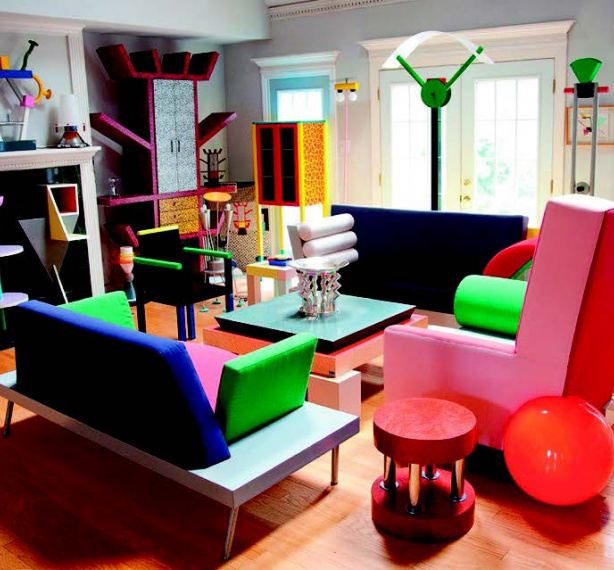
Latest News | 1 January 2023
Beyond Design

Latest News | 1 January 2023
Sampling the Future of Fashion
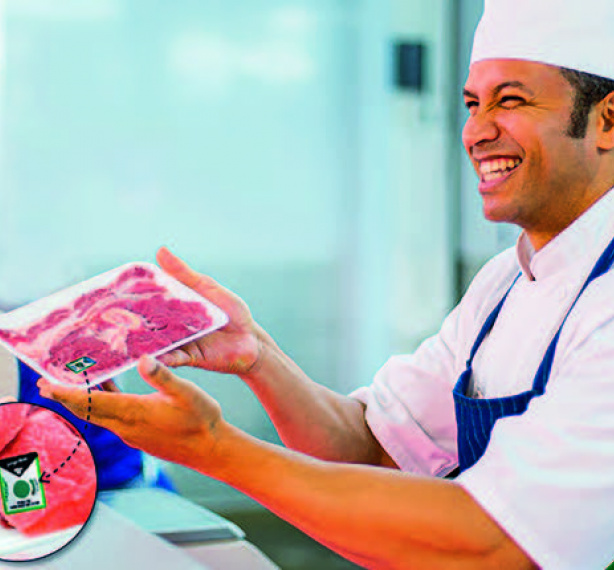
Latest News | 1 January 2023
A Step Beyond Wrapping Products
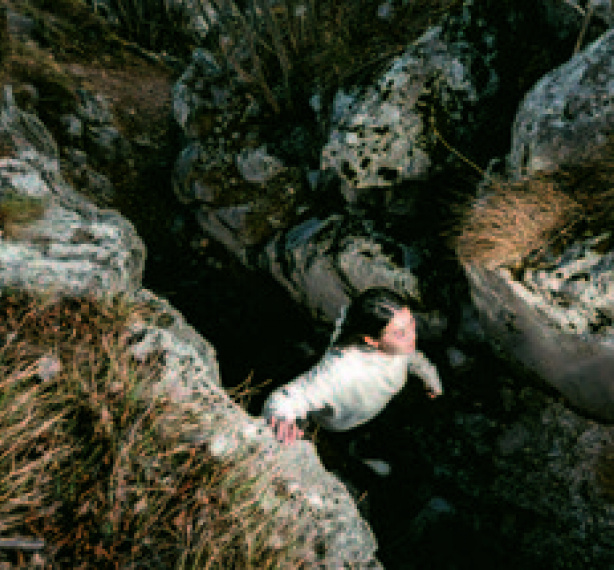
Latest News | 1 January 2023
Spider-Inspired Eco-Fabric

Latest News | 1 January 2023
Fungi Stakes a Claim in the Luxury Market
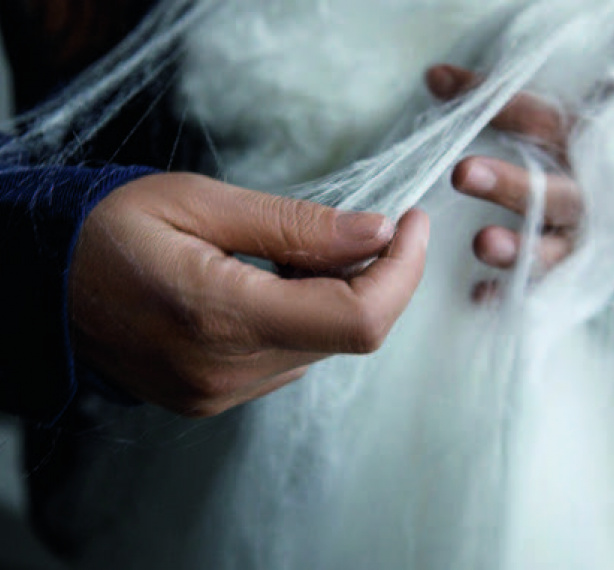
Latest News | 1 January 2023
Rethinking the Everyday: Material Non Material

Latest News | 1 January 2023
Why Digital Materials are Critical to the Future of Fashion

Latest News | 1 January 2023
The True Metaverse will be Decentralized

Latest News | 1 January 2023
Game Changer Artificial Intelligence, from Automation to of Digital Systems
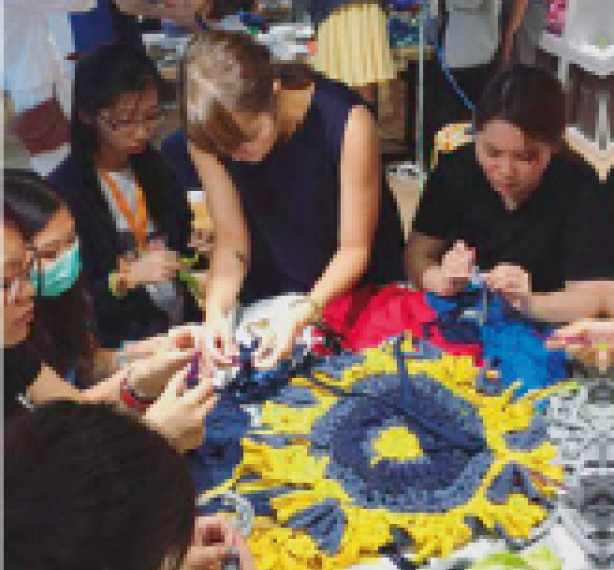
Latest News | 1 January 2023
Sustainability in Education
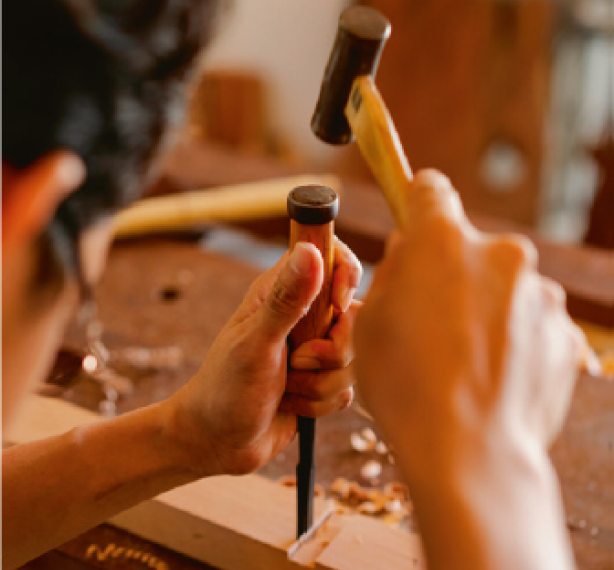
Latest News | 1 January 2023
The Tree Project Vision
Latest News | 1 January 2023
test
